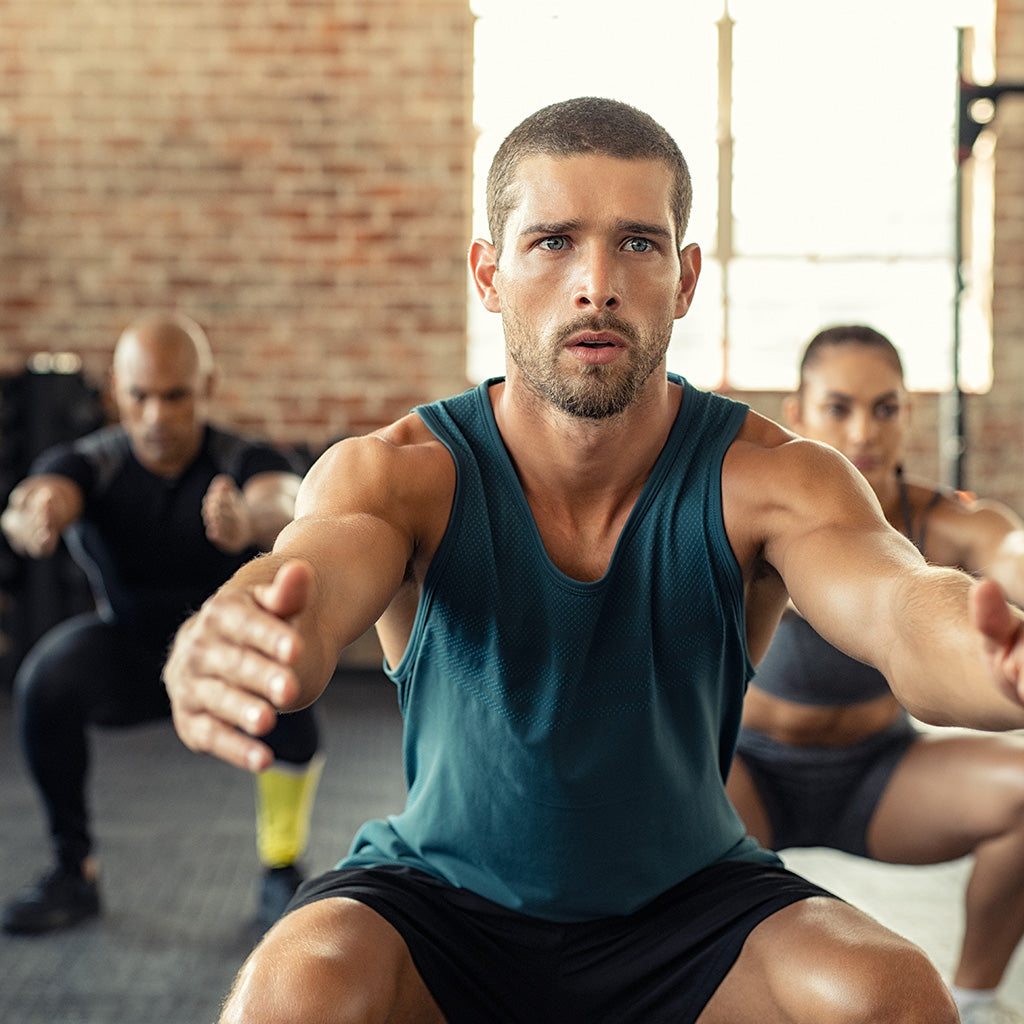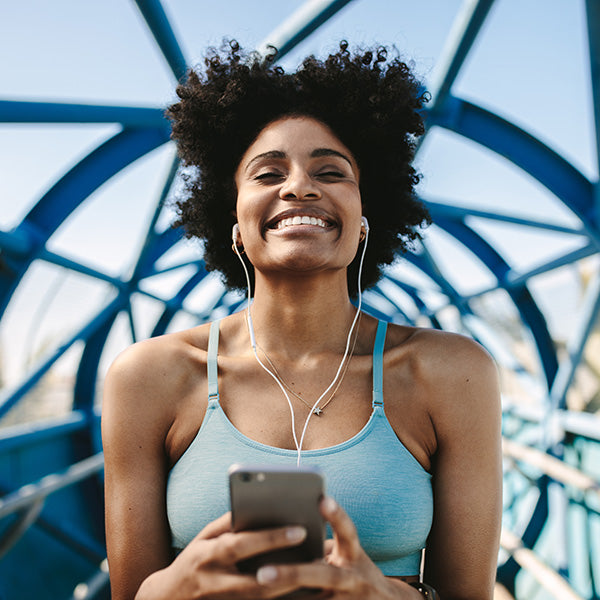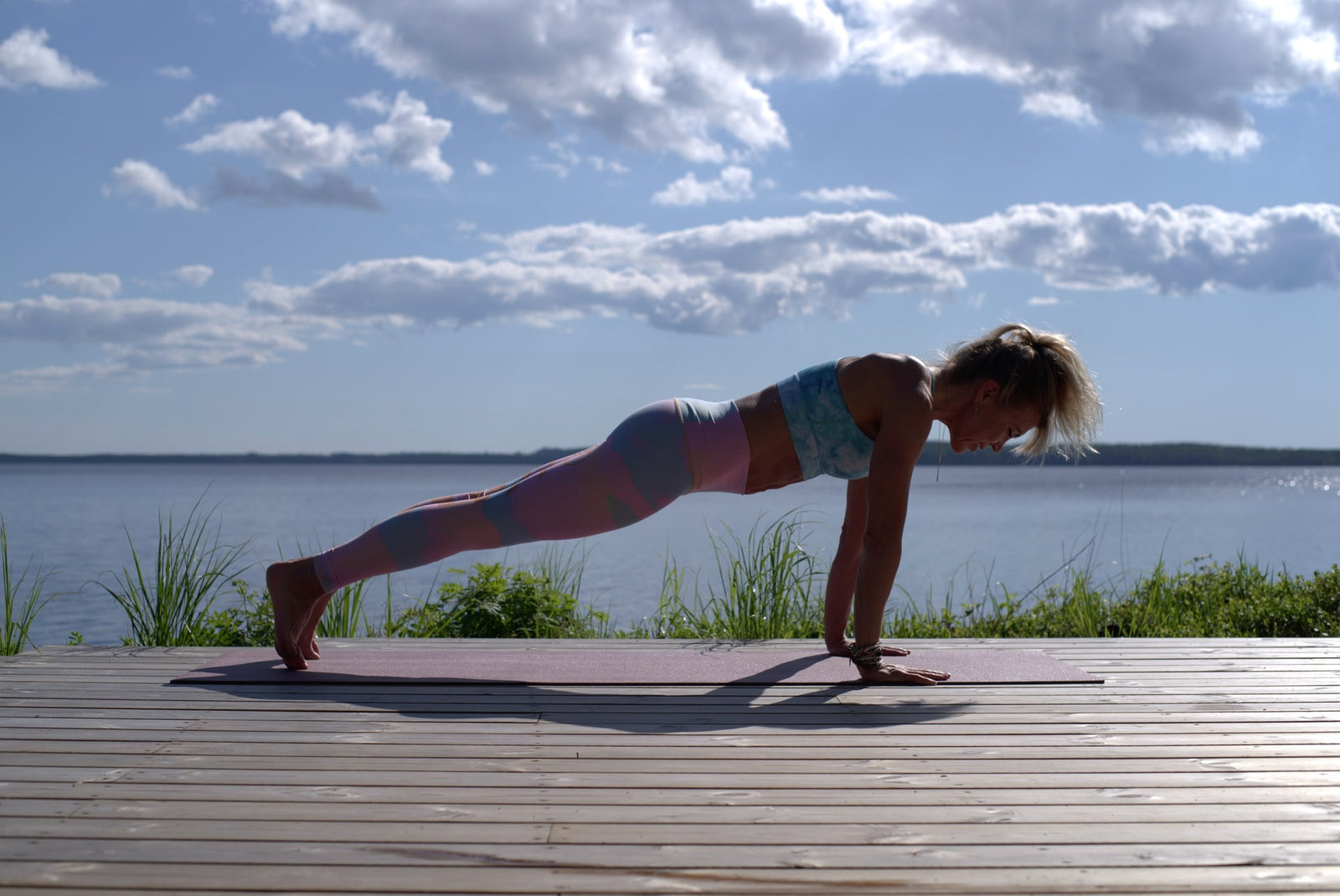It happens to many women. And it could happen every month.
The infamous three-letter word, PMS is the bane of most ladies’ existence.
Mood swings, menstrual cramps, crankiness, that bloated feeling, and unusual cravings --- already makes me cringe just thinking about it!
But while sometimes it feels like it’s the end of the world, it’s not. Luckily, there are easy ways to ease the discomfort.
Here are 7 home remedies to relieve your PMS:
Start with what you eat.
That bloated feeling when it’s almost that time of the month? You can blame all the salty foods you’ve consumed just before.
Feeling crabby and hangry? Yep, that must be the caffeine making those anxious feelings worse. Or perhaps all the sugar from the chocolates affecting your mood. Maybe the depressant effects caused by alcohol.
To ease your PMS symptoms, eat a well-balanced diet. That means more fruits and veggies, less sugar and alcohol, a cutback on caffeine intake, and extra servings of whole grains.
Say goodbye to sodas, chocolates, candies – most sweet stuff – a week before your period.
Also, it’s not just about what you eat.
It’s also about how you eat.
Try small, frequent meals at regular intervals. This allows your body to avoid the ups and down’s in your blood sugar. [1] Eating big for only twice or thrice a day can cause some fluctuations in your blood sugar level, which causes mood swings.
For less irritability and more happy days on your period, try eating six small meals a day. This will likely tame your blood sugar levels.
Increase your magnesium intake.
A lack of magnesium in the body can cause bloating, sugar cravings, headaches, dizziness… even infertility, hypoglycemia and dysmenorrhea. But according to studies, having enough magnesium in the system can avoid these PMS symptoms. [2, 3]
So it may be worth eating more green, leafy veggies (like spinach), nuts, seeds, and fortified cereals to ease – and even avoid – said PMS nuances.
Take supplements rich in magnesium like VALI Renew, which is a PMS relief supplement that helps normalize hormones, relieve painful premenstrual syndrome symptoms, and support women's period health.
And if you’re wondering how much magnesium to have daily, Mayo Clinic recommends having 400 mg of it a day. [4]
Sweat it all out.
You may feel sluggish or just not in the mood for the gym. But the height of your PMS symptoms is when it matters most.
According to experts, exercise can ease those physical and emotional PMS symptoms. [4]
Aside from the happy hormones (endorphins, dopamine, and serotonin) you can get from exercise, sweating out also combats hormonal changes that cause PMS. It can help you get rid of cramps and bloating. And it can make you feel so much better, compared to just sulking in bed – feeling bad about feeling bad.
To get the most bang for the buck for your workout, pick a routine that gets your heart pumping. An intense activity, like aerobics and Zumba, for an hour or two can most likely drive the PMS blues away.
Hip and back stretches or some yoga poses like child’s pose and happy baby yoga, can get your blood flow going. These are especially for your pelvic, abdominal and lower-back muscle areas. This way, you steer clear from those uncomfortable menstrual cramps.
Sulk no more. Go out.
Just like going to the gym, it may be tempting to just stay in bed when feeling the cramps. But you have to fight the urge of spending the day like a couch potato. Catch up with friends. It doesn’t just get your attention away from the inconveniences of PMS, but it also helps with your mental health.
Relieve the pain.
PMS could also mean cramps, backaches, headaches and breast tenderness. When push comes to shove and you can’t endure the pain any longer, take painkillers. According to Health.com, nonsteroidal anti-inflammatory pain relievers (NSAIDs) could help ease the pain. [1]
You can take ibuprofen (Advil and similar drugs), naproxen (Aleve) or over-the-counter meds for PMS like Midol and Pamprin. You can even opt to take it with caffeine for potentially faster relief.
Try acupuncture.
But if you don’t want to use pain relievers, have a little bit of pain then – more like a prick actually.
According to a 2012 study, acupuncture can be “considered as an effective treatment” for PMS symptoms. [5] Another study showed that it eased the symptoms in 78 percent of women.
After an acupuncture session, most women experienced relief within 24 hours. So you may try this treatment a week before your period to avoid cramps, anxiety, nausea, headaches, and insomnia.
Keep tabs on your symptoms.
It’s important to track and map out what your PMS symptoms are. (There are several apps available to help you chart your period.)
If they occur regularly, you can be proactive about it and think of how you can cope well ahead of time. Check the intensity of the symptoms as well. If they’re mild, you can try any of the remedies above. But if they seem to be on the moderate to severe side, better set an appointment with the medical professional, as they may be an indication of something bigger.
Sources
[1] https://www.health.com/health/gallery/0,,20461504,00.html?
[2] https://www.ncbi.nlm.nih.gov/pmc/articles/PMC3208934/
[3] https://www.prnewswire.com/news-releases/magnesium-supplements-may-be-solution-to-pms-300000612.html
[4] https://www.health.com/health/gallery/0,,20461504,00.html








